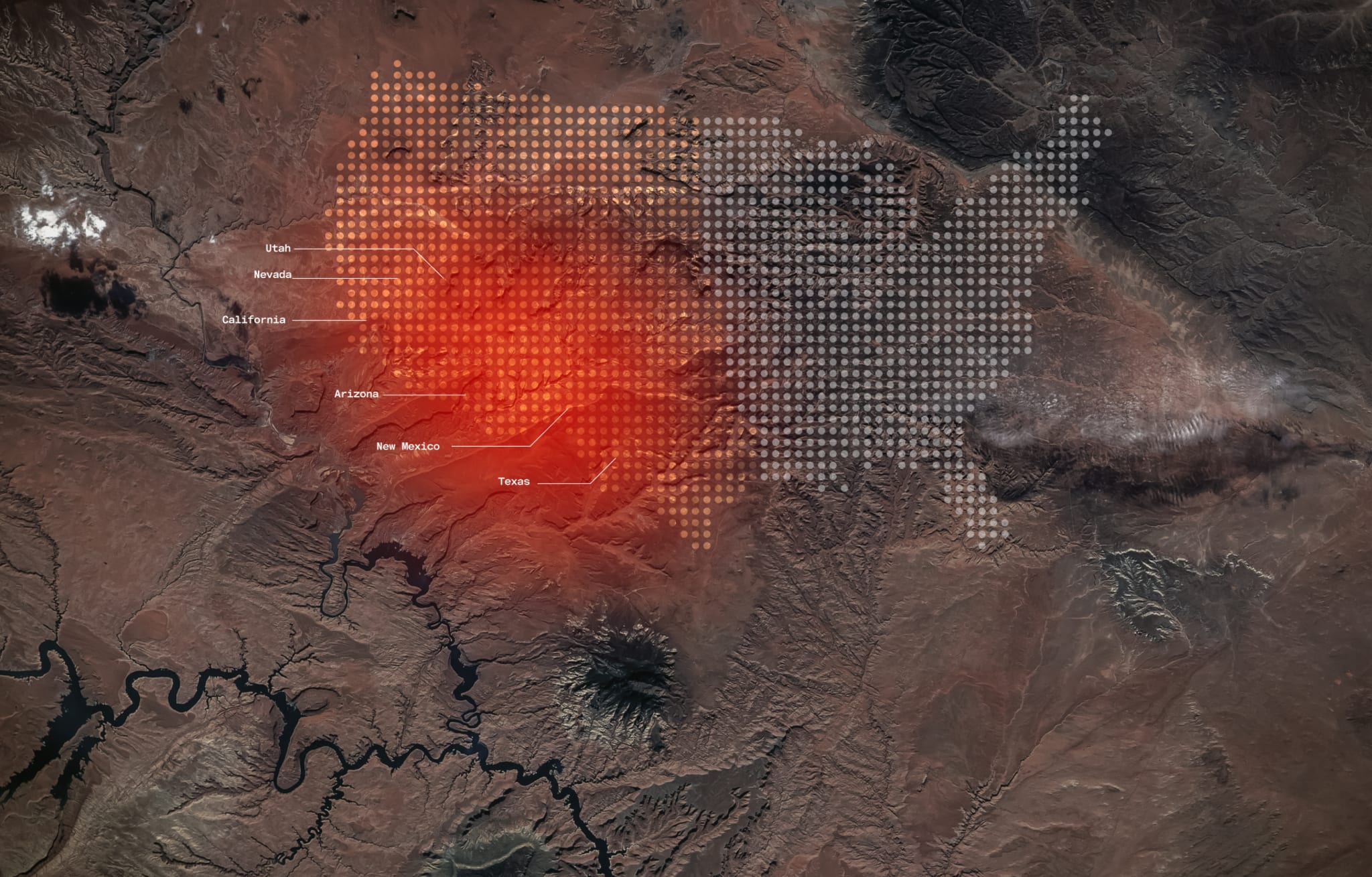Arizona and California desert communities have the highest concentration of cases. Experts predict this geographic area will continue to expand due to climate change and the increasing rate of new building construction which can release spores from the soil.
Coccidioides fungi are a type primarily found in dry, dusty areas of the southwestern United States, Mexico, and parts of Central and South America. These fungi are typically found in the top few inches of soil, and can also be found in areas with disturbed soil, such as construction sites, agricultural fields, and outdoor recreational areas.
In the United States, Coccidioides fungi are most commonly found in California, Arizona, and parts of Texas. However, they have been reported in other states as well, including Utah, New Mexico, and Nevada. In Mexico, Coccidioides fungi are found primarily in the northern states, while in Central and South America they are found primarily in Brazil, Colombia, and Venezuela.

Coccidioides fungi thrive in hot and dry environments, and are often found in areas with low rainfall and high temperatures. They are most commonly found in arid and semi-arid regions, and are often associated with desert landscapes. However, they can also be found in other types of environments, such as grasslands and forests, as long as the soil is dry and dusty.
While Coccidioides fungi are primarily found in natural environments, they can also be found in areas where human activity has disturbed the soil. For example, construction sites, agricultural fields, and outdoor recreational areas can all provide suitable environments for these fungi to grow and reproduce. In these areas, it is important to take precautions to avoid exposure to Coccidioides fungi, as they can cause respiratory illness in humans and animals.



